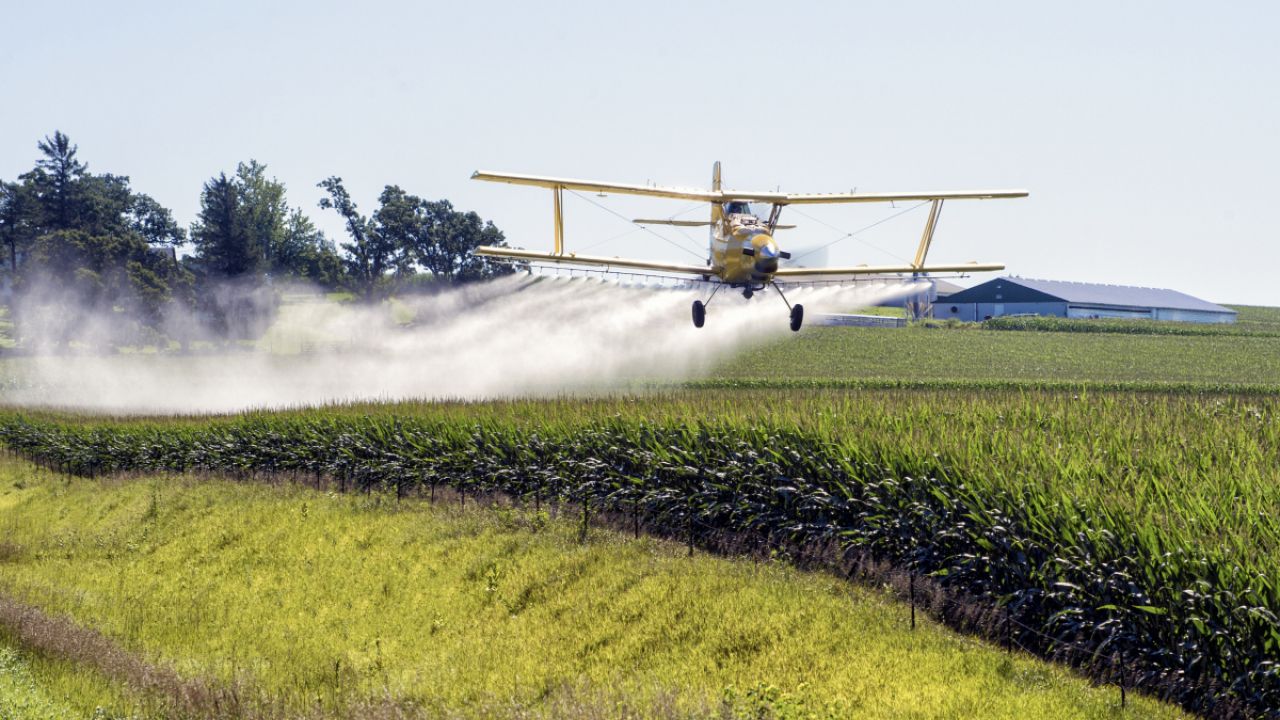
As one of his first major decisions as administrator of the Environmental Protection Agency, Scott Pruitt must rule by the end of this week on the safety of chlorpyrifos, an organophosphate pesticide that can harm children’s developing brains and nervous systems. The pesticide industry is lobbying hard to keep using chlorpyrifos, but we’re pushing back.
Yesterday EWG, Just Label It and Food Revolution Network, along with more than 80,000 of our supporters, wrote Pruitt to demand that he uphold the agency’s proposed ban on all uses of chlorpyrifos on agricultural crops.
Organophosphates were once a mainstay of modern agriculture, but because of their extreme toxicity the EPA has dramatically curtailed their uses. The landmark Food Quality Protection Act charged the agency with reviewing the safety of pesticides for kids, which prompted major changes in the use of organophosphates.
In 2000, the EPA banned chlorpyrifos use in homes, and restricted the use of organophosphates on many food crops. In 2007, the Natural Resources Defense Council and Pesticide Action Network petitioned the EPA to end all food uses of chlorpyrifos. Eight years later, the Ninth U.S. Circuit Court ordered the agency to propose a draft rule by the end of October 2015 and finalize it in November 2016. Croplife America, the pesticide industry trade and lobbying group, filed a petition that extended the deadline to the end of March 2017.
In 1995, EWG tested baby food and found chlorpyrifos in more than 40 percent of applesauce baby foods. Chlorpyrifos and other organophosphate pesticides are no longer detected in baby food samples. And because of the restrictions on household and food use, Americans’ exposures to chlorpyrifos and other organophosphates have dropped by about 50 percent over the past decade.
But exposure continues. A 2015 EPA assessment found that some people are exposed to risky amounts of the pesticide via food or contaminated drinking water. In its most recent tests of produce for pesticide residues, the U.S. Department of Agriculture detected chlorpyrifos on 20 percent of peaches imported from Chile.
According to the EPA, soy, corn, alfalfa and oranges account for most domestic chlorpyrifos use. The pesticide is still applied to more than 30 percent of domestic apples, asparagus, walnuts, onions, grapes, broccoli, cherries and cauliflower.
Chemical agribusiness doesn’t need chlorpyrifos to grow its crops, and the people who buy and consume these fruits and vegetables don’t need to be exposed to this potent neurotoxin any longer. Pruitt should uphold the agency’s mission to protect human health and the environment, and ban chlorpyrifos.



